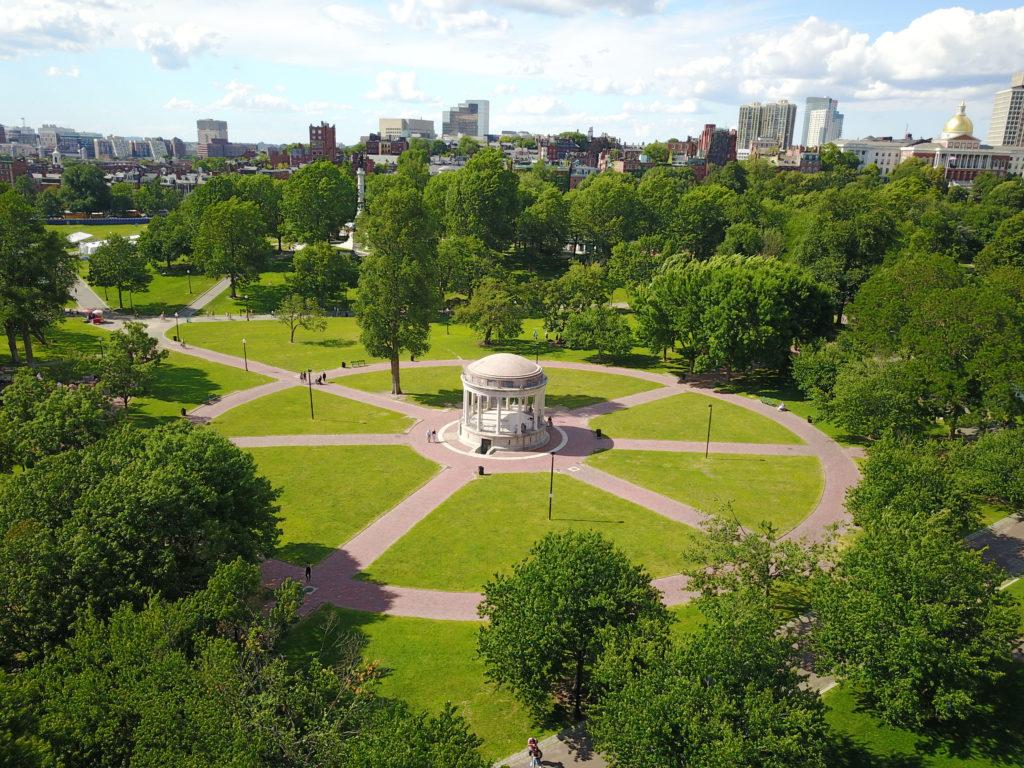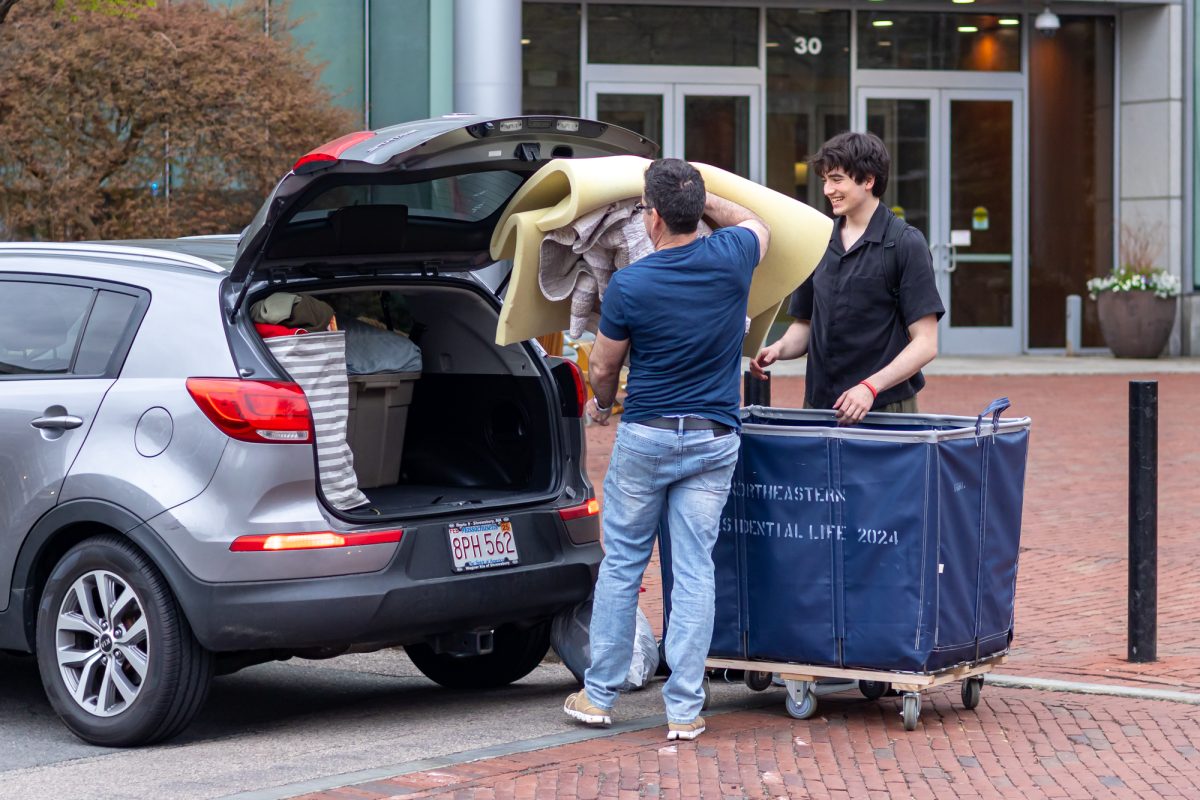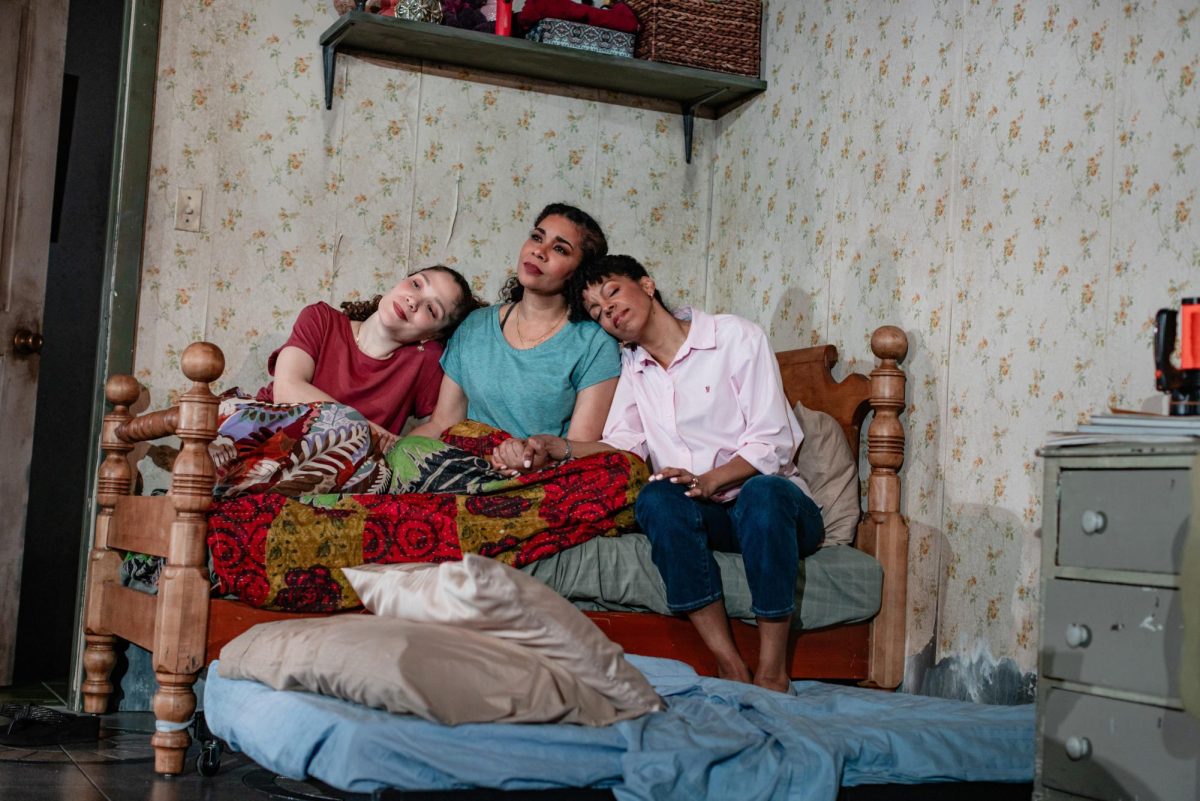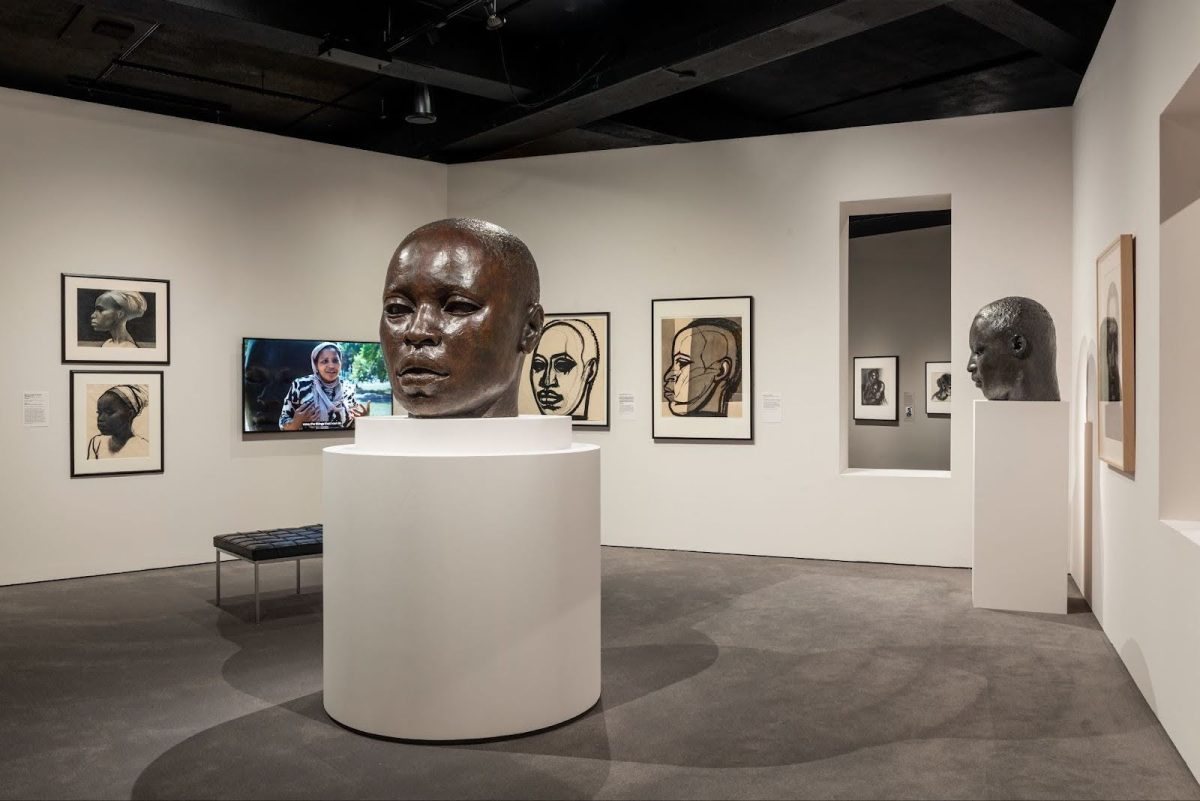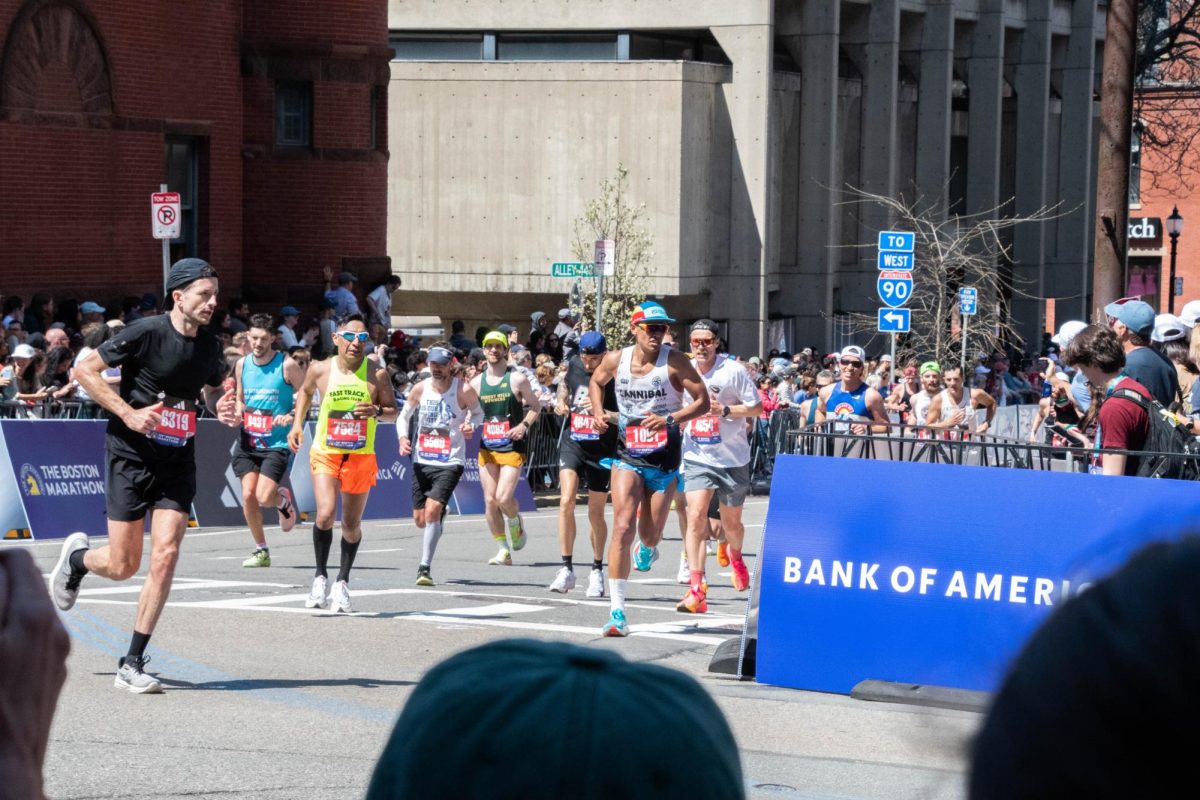By Audrey Cahyadi, news correspondent
Born from a collaboration between two professors at Northeastern, “Footprints of Everyday Things” is an exhibition that highlights the impacts of students’ decisions toward Earth’s ecosystem. The exhibition was first announced on Oct.18 and will be on display starting Nov. 14 in West Village H.
Matthew Eckelman, a professor from Northeastern’s Department of Civil and Environmental Engineering, partnered with Professor Michelle Laboy of Northeastern’s School of Architecture to create the exhibition, which consists of photographs that portray the impacts students have on the environment by doing simple, everyday things.
Eckelman and Laboy said they wanted to find a way to visually represent their research in a creative way so a person with no background knowledge of the subject could understand it. They also said they hoped their research would reach a broader audience through the exhibition than if it was simply written on paper.
“Quantitative environmental models spit out results that can seem abstract to the general public,” Eckelman said. “This project is a way for people to see what these impacts actually look like in physical form. I wanted to take results from some of the most famous studies that have been done by the modeling community, some using highly sophisticated techniques and make them accessible and interesting to the average person.”
This was not the first time the two professors have worked together. They have collaborated on multiple research projects before based on similar themes of resilience and environmental awareness. Both professors have had a long-time interest in these areas, and when Eckelman proposed to visually represent their research, Laboy was immediately on board.
“We brainstormed a bunch of ideas, sketched them, and went on long walks looking for locations and situations that could best highlight the absurdity of the situations we were representing,” Laboy said.
The research that they have accumulated for this project was done over a span of years. From their own findings and a variety of other research papers by other professors on the subject, Eckelman and Laboy managed to piece their work together to form the basis of the exhibition. With the help of Carly Krotowski, a graduate student studying architecture at Northeastern, and several other students, their project eventually came to life in physical form.
As an architect, Laboy said she wants to spread the use of more complex art and design to express subjects that everyone needs to be made more aware of.
“I hope to see an increased interest in interdisciplinary collaborations with designers and artists to look critically at how we represent complex global systems,” Laboy said.
This was one of the professors’ main goals: to shed light on the idea of combining scientific research with visuals. They said they want to make scientists aware of the ability physical art pieces have to help spread understanding of the material and spark more interest in subjects that are usually forgotten.
“Most of the time, we interact with products as consumers and, as such, we don’t have access to information about how they are made, all the resources that are used and what happens to them when we throw them ‘away,’” Eckelman said. “We hope that the images inspire curiosity about these ‘upstream’ and ‘downstream’ activities and appreciation of how massive these activities can be.”
“Footprints of Everyday Things” will be on display until Mar. 19.


